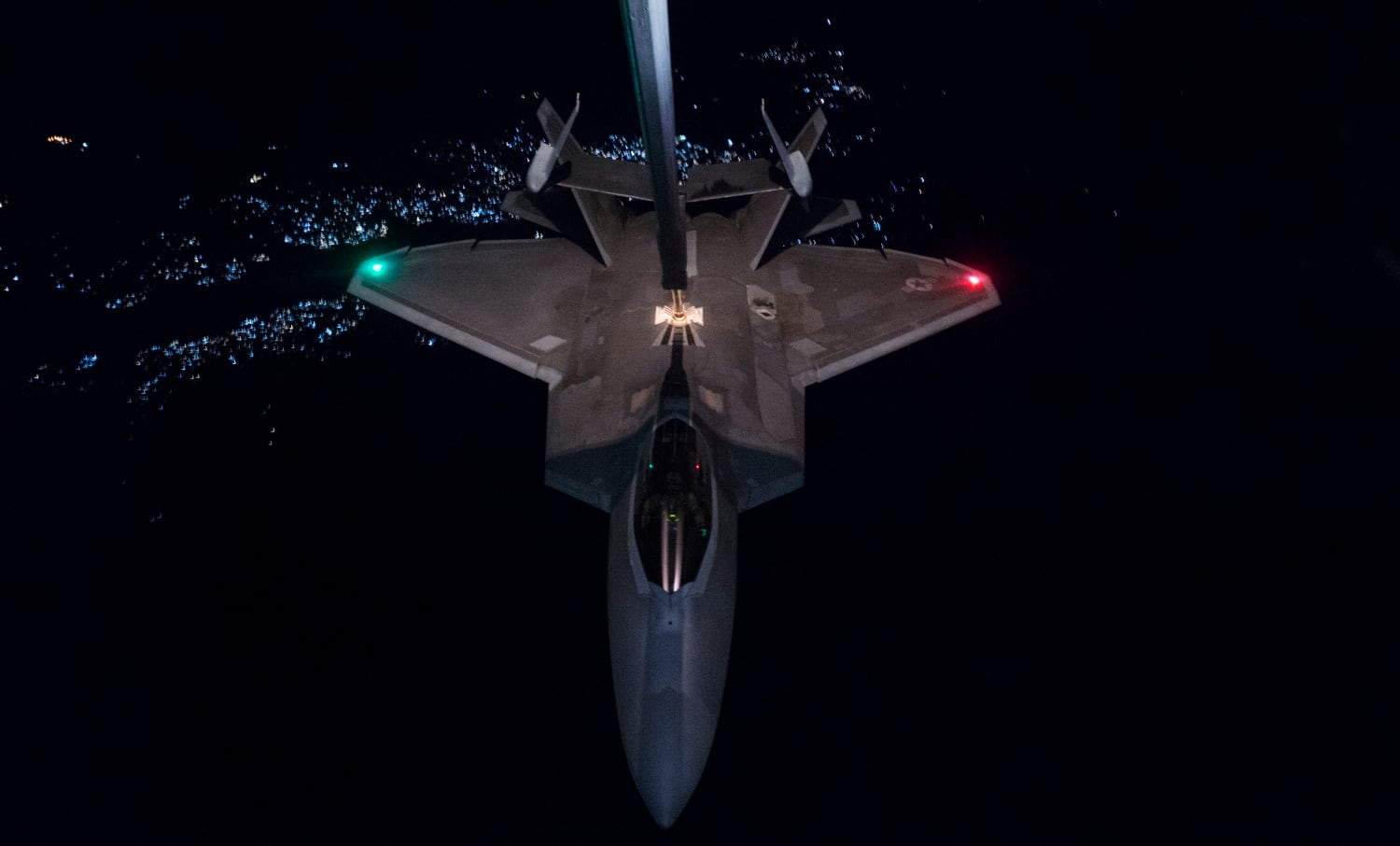The number of weapons released in Afghanistan hit its highest monthly point in nearly seven years in October, and the total number of weapons released this year is on track to nearly triple over 2016.
At the same time, the number of weapons released against the Islamic State fell precipitously in October to their lowest point since October 2014 ― the third month of Operation Inherent Resolve.
The statistics, released Tuesday by U.S. Air Forces Central Command, are a sign of how quickly the war against ISIS is changing in the wake of several costly defeats for the militant group. They also reflect how the coalition is aggressively ramping up its efforts in Afghanistan in the more than 16-year war against the Taliban.
The coalition released 653 weapons over Afghanistan last month, more than any since November 2010, when aircraft released 866 weapons. The coalition also released 740 weapons in September 2010 and 1,043 in October 2010; that period marked some of the most intense fighting of the bloody Battle of Sangin.
AFCENT originally said last month that 751 weapons were released over Afghanistan in September, but later revised that number down to 414. In an email, AFCENT said that it had miscounted F-16 20mm cannon fire, mistakenly treating each round as its own weapon release instead of counting 100 rounds fired as one weapon release, as it usually does.
The coalition has now released 3,554 weapons in the first 10 months of 2017. At this rate, the coalition is likely to drop more than 4,000 bombs by the end of the year, which would at least triple the 1,337 released in all of 2016. The last time Afghanistan airstrikes topped 4,000 was in 2012, when 4,083 weapons were released.
AFCENT said that the September increase of F-16s deployed to Afghanistan’s Bagram Air Base, from 12 to 18, contributed to the coalition’s increase in airstrikes. The coalition’s increased use of B-52s there, and placement of a detachment of KC-135 reconnaissance aircraft in Afghanistan also allowed it to strike more targets.
AFCENT also attributed the increase in strikes to more offensive maneuvers by the Taliban and ISIS-Khorasan, a local affiliate of ISIS.
The coalition is growing increasingly aggressive in targeting Taliban operations, as it begins to use expanded authorities to strike there as part of President Trump’s new strategy. On Sunday, F-22s were used for the first time to strike targets in Afghanistan in a mission that destroyed eight Taliban production facilities in Helmand Province.
RELATED

But while the use of airpower is steadily increasing in Afghanistan, the number of weapons released against ISIS in Iraq and Syria swiftly declined in October. That month, the coalition released 1,642 weapons ― less than half the 3,550 released in September, and about a third of the 5,075 bombs dropped and cannons fired in August.
AFCENT said that decline is a sign of the decisive victories Iraqis and allied Syrian fighters achieved over ISIS, “and the rapid disintegration of the so-called caliphate, allowing Iraqis and Syrians to reclaim more than 95 percent of the territory ISIS once controlled in their countries, and freeing 6.9 million people.”
AFCENT said the “crowning achievement” of the month was the Syrian Democratic Forces’ Oct. 20 victory in Raqqah, driving out the last remnants of ISIS from their former capital after a 140-day battle. The bulk of the nearly 1,450 hours of close air support coalition air forces flew during the last 20 days of that battle were to help SDF troops push ISIS out of the final neighborhoods in Raqqah, AFCENT said.
After the victory in Raqqah, the coalition spent the rest of the month supporting SDF troops moving south through the Euphrates River Valley, pushing towards Abu Kamal. Coalition aircraft flew more than 100 sorties and released more than 80 weapons to take out ISIS car bombs and car bomb factories, tactical units, logistics buildings and bridges and highways.
Coalition aircraft also provided close air support backing up Iraqi Security Forces as they squeezed ISIS from western Anbar province, conducting more than 590 strikes against ISIS command and control facilities, car bomb factories, weapons caches and a training camp.
AFCENT said that by the end of October, allied Syrian and Iraqi forces had pushed and isolated the “remnants” of ISIS into a 15-square mile area on the border between Abu Kamal and Al Qaim.
Stephen Losey is the air warfare reporter for Defense News. He previously covered leadership and personnel issues at Air Force Times, and the Pentagon, special operations and air warfare at Military.com. He has traveled to the Middle East to cover U.S. Air Force operations.





